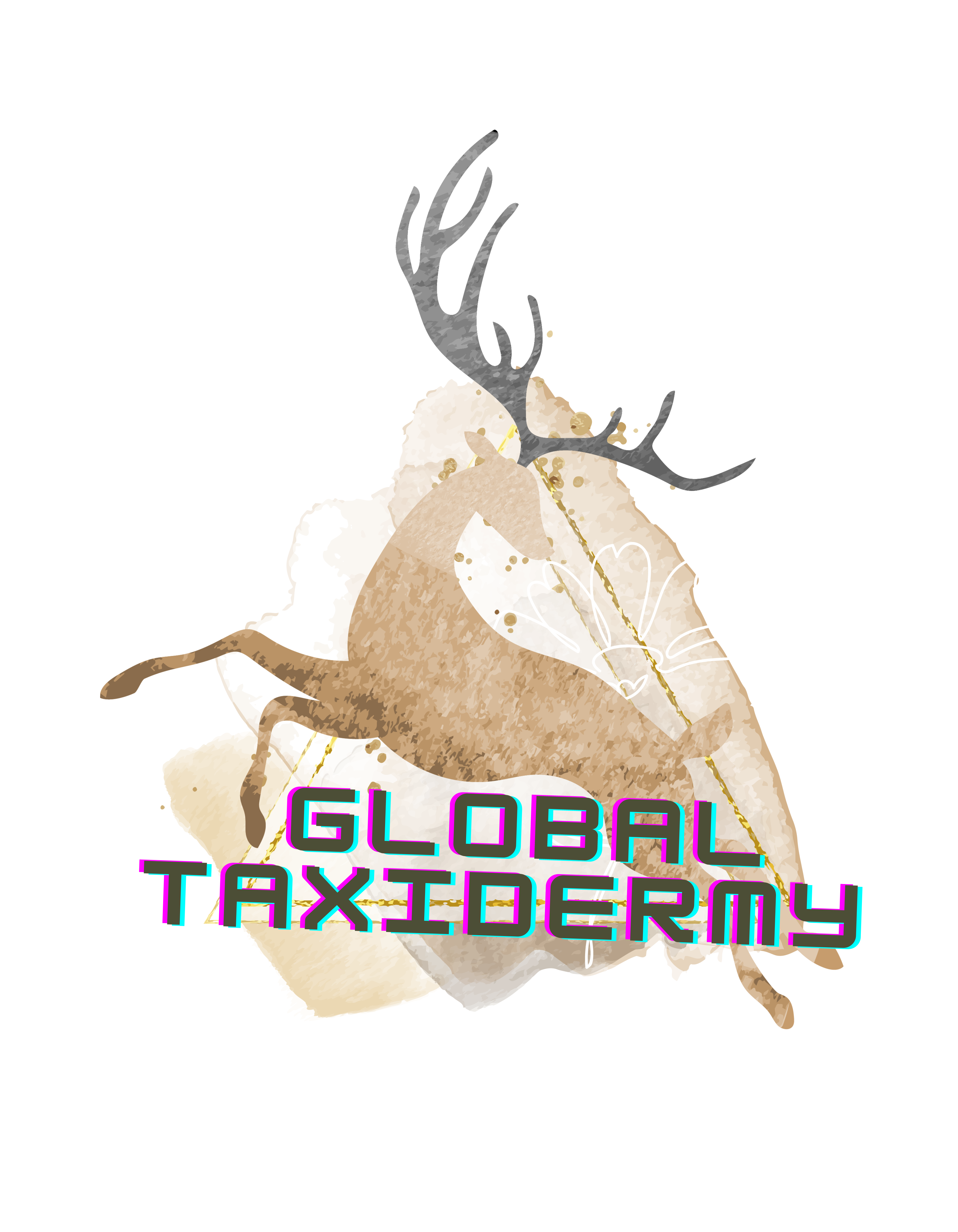Blog
Preserving the Past, Adorning the Present: Exploring the World of Taxidermy Collectibles and Decor

Introduction
Taxidermy, once relegated to natural history museums and hunting lodges, has undergone a renaissance in recent years. Today, it’s not merely a means of preserving the memory of a successful hunt or showcasing the diversity of wildlife; it has become a captivating form of art and a unique way to decorate homes. This article delves into the fascinating world of taxidermy collectibles and decor, exploring their history, evolving artistry, and how these pieces have found their place in contemporary interior design.
A Glimpse into the History of Taxidermy
The roots of taxidermy can be traced back to ancient civilizations, where animal skins were often used for ceremonial and religious purposes. However, the modern practice of taxidermy as an art form emerged in the 19th century. Pioneers like Carl Akeley revolutionized the field, emphasizing anatomical accuracy and artistic expression.
The Evolution of Taxidermy Artistry
Today’s taxidermists are not only skilled craftsmen but also artists with a keen eye for detail. The art has evolved beyond traditional shoulder mounts and full-body displays to include innovative and artistic presentations. From surreal anthropomorphic dioramas to abstract sculptures, taxidermists push the boundaries of creativity, transforming preserved animals into captivating works of art.
Types of Taxidermy Collectibles
a. Traditional Shoulder Mounts: Classic and timeless, shoulder mounts remain popular for their elegance and ability to showcase an animal’s majestic features.
b. Full-Body Mounts: These lifelike displays capture the essence of an animal in its natural pose, providing a more comprehensive representation.
c. Anthropomorphic Taxidermy: Blurring the lines between reality and fantasy, this style involves giving animals human-like traits, creating whimsical and intriguing pieces.
d. Rogue Taxidermy: A more contemporary and avant-garde approach, rogue taxidermy involves unconventional combinations and imaginative displays, often bordering on the surreal.
Taxidermy in Interior Design
a. Statement Pieces: Large taxidermy mounts, such as a magnificent elk or an imposing grizzly bear, can serve as bold focal points, adding a touch of drama to a room.
b. Eclectic Mix: Taxidermy complements a variety of interior styles, from rustic cabins to modern lofts, creating an eclectic and visually interesting atmosphere.
c. Small-Scale Decor: For those with a subtler taste, smaller taxidermy pieces like bird mounts or framed insects can be tastefully integrated into decor arrangements.
Ethical Considerations and Sustainable Practices
As interest in taxidermy grows, so does the importance of ethical considerations. Many modern taxidermists prioritize sustainability and ethical sourcing of specimens, ensuring that the art form doesn’t contribute to the endangerment of species.
Caring for Taxidermy
Proper maintenance is crucial to preserving the beauty of taxidermy. Regular dusting, avoiding direct sunlight, and controlling humidity levels are essential to prevent deterioration.
Conclusion
Taxidermy collectibles and decor have transcended their utilitarian origins, becoming a captivating expression of art and a unique form of interior design. Whether preserving the memory of a memorable hunt or serving as a statement piece in a contemporary living space, taxidermy continues to captivate and inspire, connecting us to the natural world in unexpected ways. As the art form evolves, it invites enthusiasts to explore new possibilities and appreciate the intricate beauty of preserved wildlife in our homes.

Pingback: 10 Creative Ways to Incorporate a Black Bear Rug in Your Home Décor
Pingback: Where to Find the Best Deals on Taxidermy in Europe
Pingback: How to Buy Taxidermy in Europe: A Beginners Guide